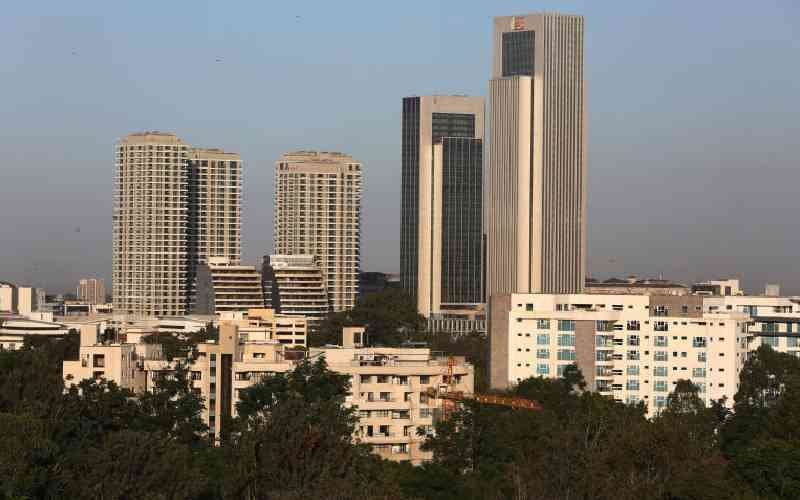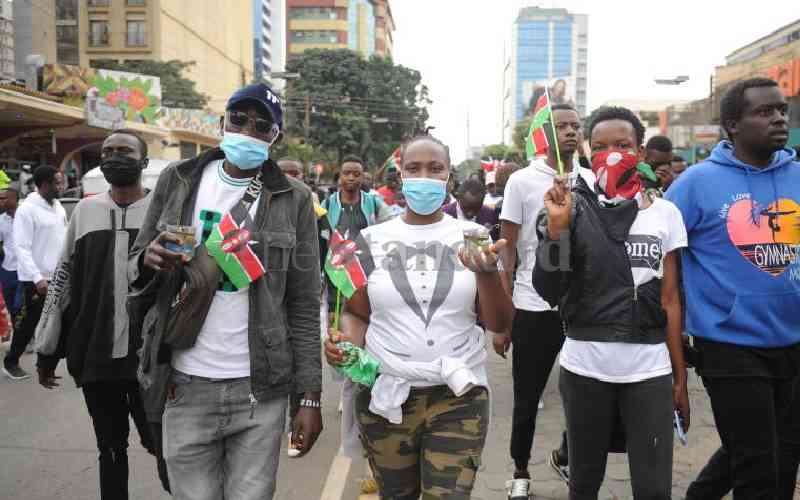Wednesday, 15th January 2020, marks the first anniversary of the terror attack at the 14 Riverside Drive complex.
On that day, Al Shabaab militants armed with guns and explosives burst into the upscale dusitD2 hotel and office complex at around 3.30 pm, killing 21 people in a brutal attack and hostage attempt that ended the following day.
Those caught in the attack which was characterised by a fierce gun battle between the terrorists and security personnel were left nursing emotional and psychological wounds that they will carry for the rest of their lives. And it was equally traumatising to those who lost their loved ones and those who were held hostage in the complex.
Bad day for tourism
On the day of the attack, the United States Embassy in Nairobi issued a security alert to its citizens in Kenya, warning them to avoid the Riverside Drive area and the Westlands neighbourhoods.
Following the warning, two cruise ships carrying 2,000 foreign tourists coming to Kenya were diverted to other destinations. The cruise ships were to dock at the Port of Mombasa in February 2019.
Tourism is a major contributor to Kenya’s revenue. The country had just recovered from a tough four-year slump that had seen a drastic fall in the number of tourist arrivals following increased Al Shabaab attacks on Kenyan soil. In 2011, tourist arrivals fell from 1.8 million to 1.18 million in 2015, according to data released by the Kenya Bureau of Statistics, earning the country Sh84.6 billion compared to Sh98.9 billion in 2011.
In 2018, however, and in part due to heightened security and an end to the long electioneering period, Kenya attracted over two million international tourists, earning the country Sh157.3 billion in revenue, a 31.3 per cent increase from 2017.
At the time, the US – Kenya’s largest foreign tourists market – had increased the number of travellers to Kenya by 96.6 per cent, registering 225,157 tourists.
While expressing his concern about the travel advisory, Tourism Cabinet Secretary Najib Balaba said that the US embassy had “blown the situation out of control” saying the warning had scared tourists from Kenya.
But another US travel advisory followed on February 4, 2019, urging its citizens to continue exercising “heightened caution.”
The embassy tweeted that they had credible information indicating that “Westerners may be targeted by extremists in Nairobi, Naivasha, Nanyuki, and coastal areas of Kenya.”
A turnaround
Now, a year on, after the 14 Riverside Drive Complex attack and Kenya has seen a surge in tourist arrivals from America. The country recorded a rise in tourism revenue from Sh157 billion in 2018 to Sh163 billion in 2019, while the number of international arrivals increased from 2.025 million in 2018 to 2.048 million in 2019.
This marginal increase underscores the resilience of Kenya’s tourism sector in the face of terror.
Stay informed. Subscribe to our newsletter
Back to the Riverside attack, the dusitD2 hotel which is hosted in the complex has been rebuilt and reopened, and the complex has shaken off the dreadful memories of the terror attack. January 15 not only marks the day the barbaric attack happened but also the hallmark of Kenyans’ strength and resilience in the face of terror.
 The Standard Group Plc is a
multi-media organization with investments in media platforms spanning newspaper
print operations, television, radio broadcasting, digital and online services. The
Standard Group is recognized as a leading multi-media house in Kenya with a key
influence in matters of national and international interest.
The Standard Group Plc is a
multi-media organization with investments in media platforms spanning newspaper
print operations, television, radio broadcasting, digital and online services. The
Standard Group is recognized as a leading multi-media house in Kenya with a key
influence in matters of national and international interest.
 The Standard Group Plc is a
multi-media organization with investments in media platforms spanning newspaper
print operations, television, radio broadcasting, digital and online services. The
Standard Group is recognized as a leading multi-media house in Kenya with a key
influence in matters of national and international interest.
The Standard Group Plc is a
multi-media organization with investments in media platforms spanning newspaper
print operations, television, radio broadcasting, digital and online services. The
Standard Group is recognized as a leading multi-media house in Kenya with a key
influence in matters of national and international interest.








